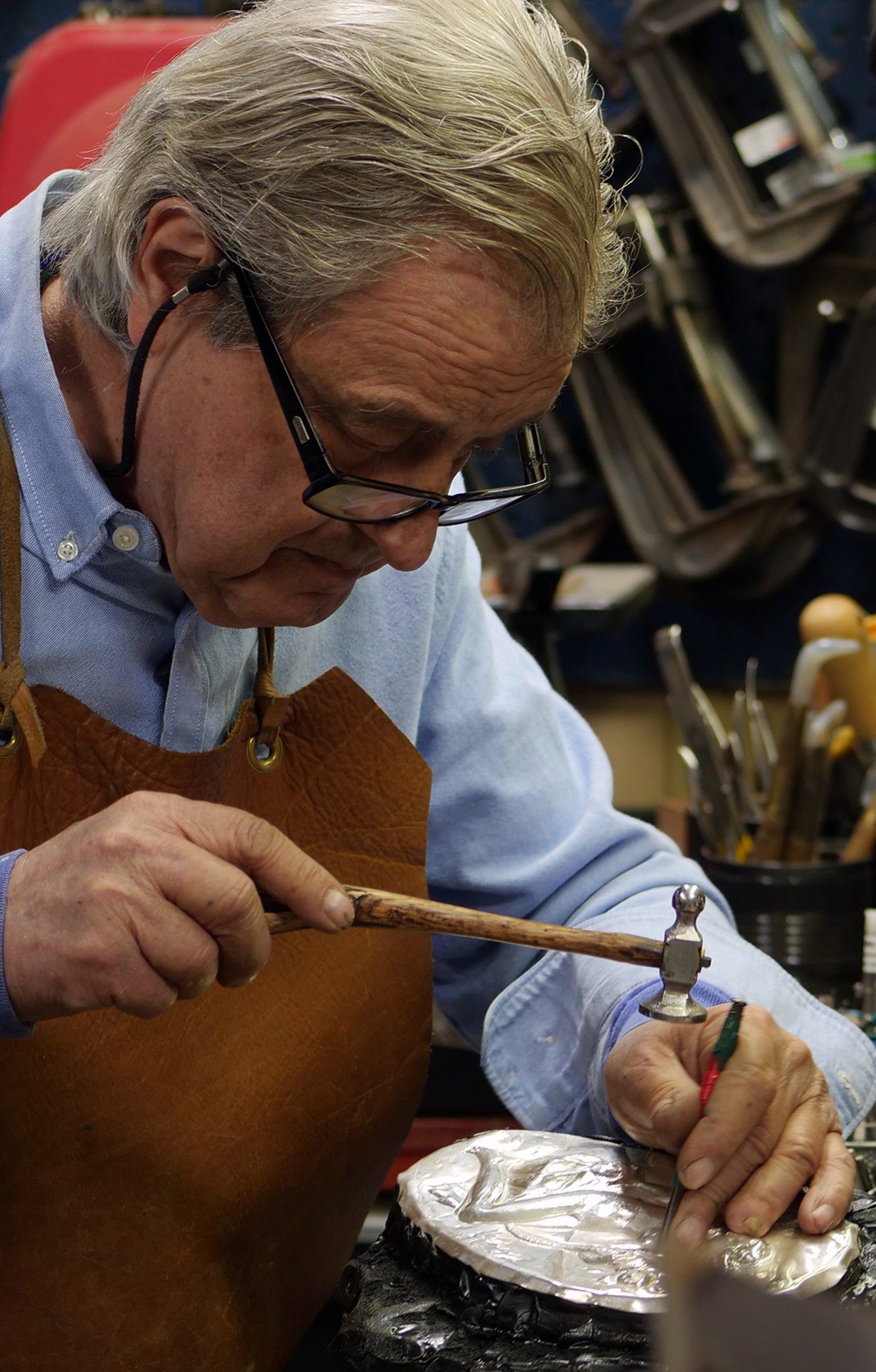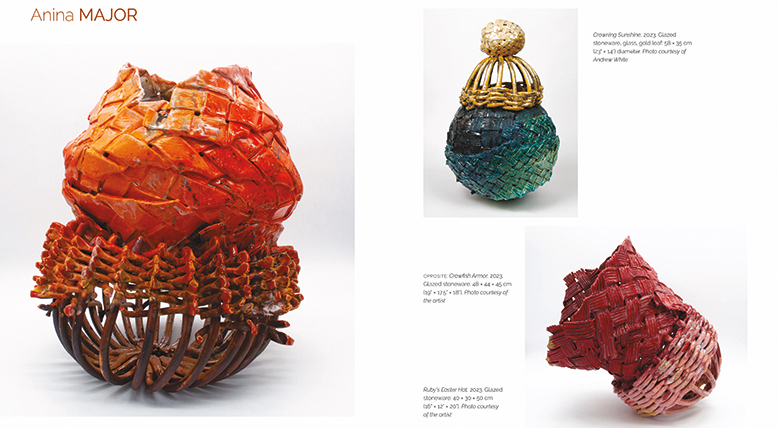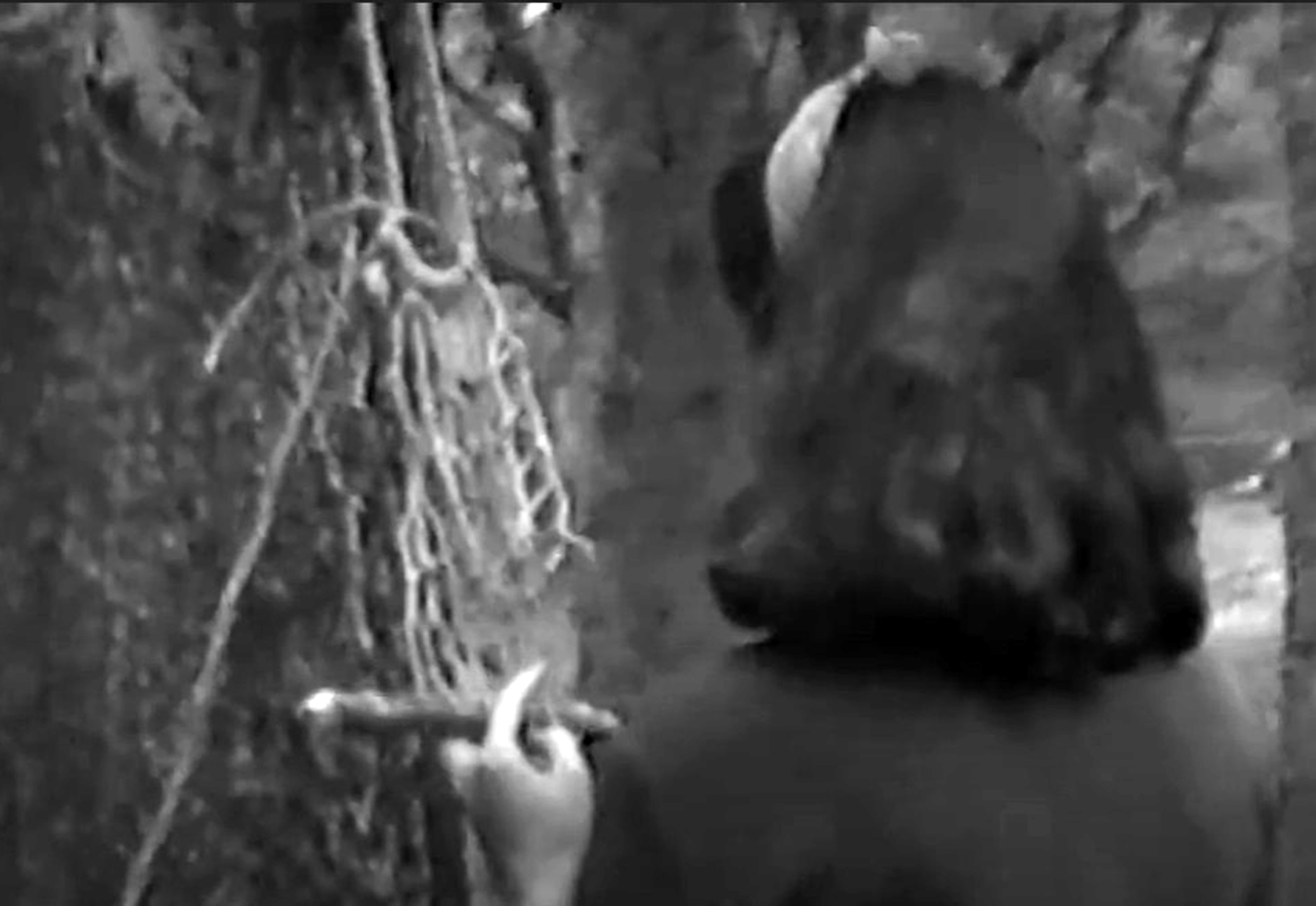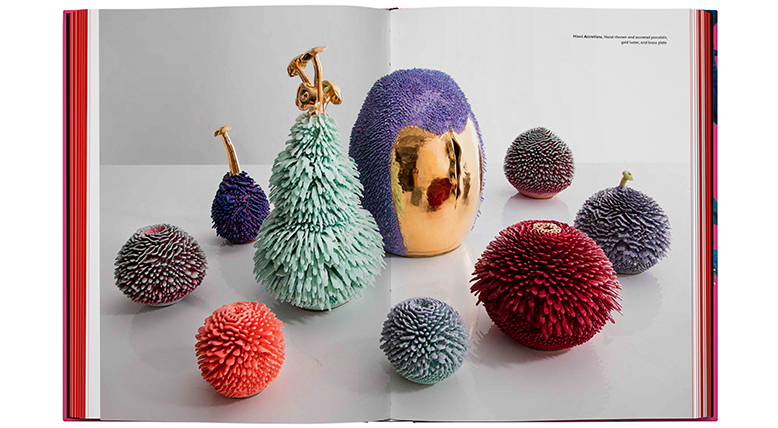Craft in America is best known for its eponymous PBS docuseries honoring craft artists, but it’s far more than a production company; among other things, it also supports a craft museum and an outreach program in public schools. Next year, it will launch an ambitious nationwide craft initiative to mark the 250th anniversary of the Declaration of Independence. Called Handwork 2026, it’s intended to, organizers write, “showcase the importance of the handmade, both throughout our history and in contemporary life.” More than 250 craft centers, museums, and related organizations will host exhibitions and events.
Craft in America’s flagship show will offer its own coverage through four hour-long special episodes based on the cardinal points of the compass. “East” and “West,” focusing on craft artists in those regions, are set to debut December 19 on PBS, with “North” and “South” to come in December 2026.
“East” and “West” present the makers at work, demonstrating and discussing their histories, aesthetics, and processes, along with assessments from curators, partners, and colleagues. A broad view of American history is on full display.
The portrait of Italian-born master silversmith Ubaldo Vitali in “East,” for example, not only illuminates his immigrant experience but also includes a segment on Paul Revere—Vitali restored several of the patriot-silversmith’s pieces. Bisa Butler’s colorful textile works, often constructed of patterned African cloth, depict African Americans of the recent and more distant past; “East” provides context for her works by adding archival footage of the Black experience. Philadelphia-based Colette Fu, the daughter of Chinese immigrants, found a compelling way to display images in the pop-up book format. She demonstrates a massive hand-cranked volume called Noodle Mountain, in which the paper “noodles” that appear are red to represent the blood spilled in anti-Chinese riots in the late 19th and early 20th centuries, and yellow for the arson fires that destroyed many Chinatowns.
“West” opens with a quintessential symbol of that region: intricate leather saddles, made in Idaho by Cary Schwarz, a member of the Traditional Cowboy Arts Association. The cowboy boots of Graham Ebner of Austin, Texas, are just as carefully crafted, but hardly traditional: The young artist decorates them with images of Paul Bunyan or a UFO’s encounter with an armadillo. Indigenous initiatives are represented by a segment on the New Mexico–based Institute of American Indian Arts, where Native artists exchange ideas and share traditions; and by a group portrait of Native Hawaiian artists introducing sacred crafts like pandanus-leaf weaving and featherwork to a new generation of makers.
It adds up to an account of contemporary American craft that emphasizes its cultural and ethical power as well as its aesthetics and utility. As Cary Schwarz puts it, “Craftsmanship comes down to the pursuit of truth, goodness, and beauty.”
Jon Spayde is a contributing editor to American Craft.

Silversmith Ubaldo Vitali is featured in Craft in America’s “East” episode.







